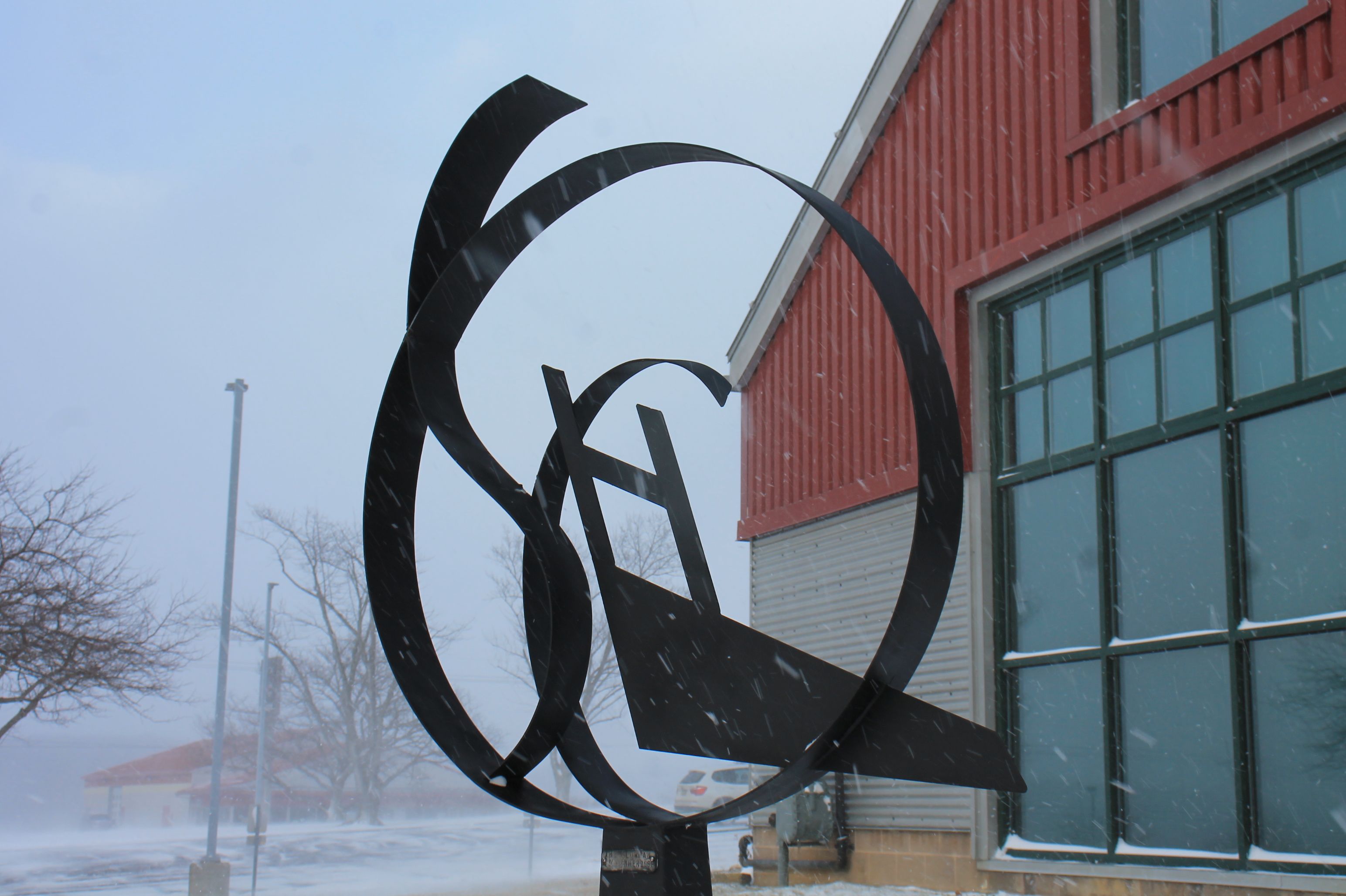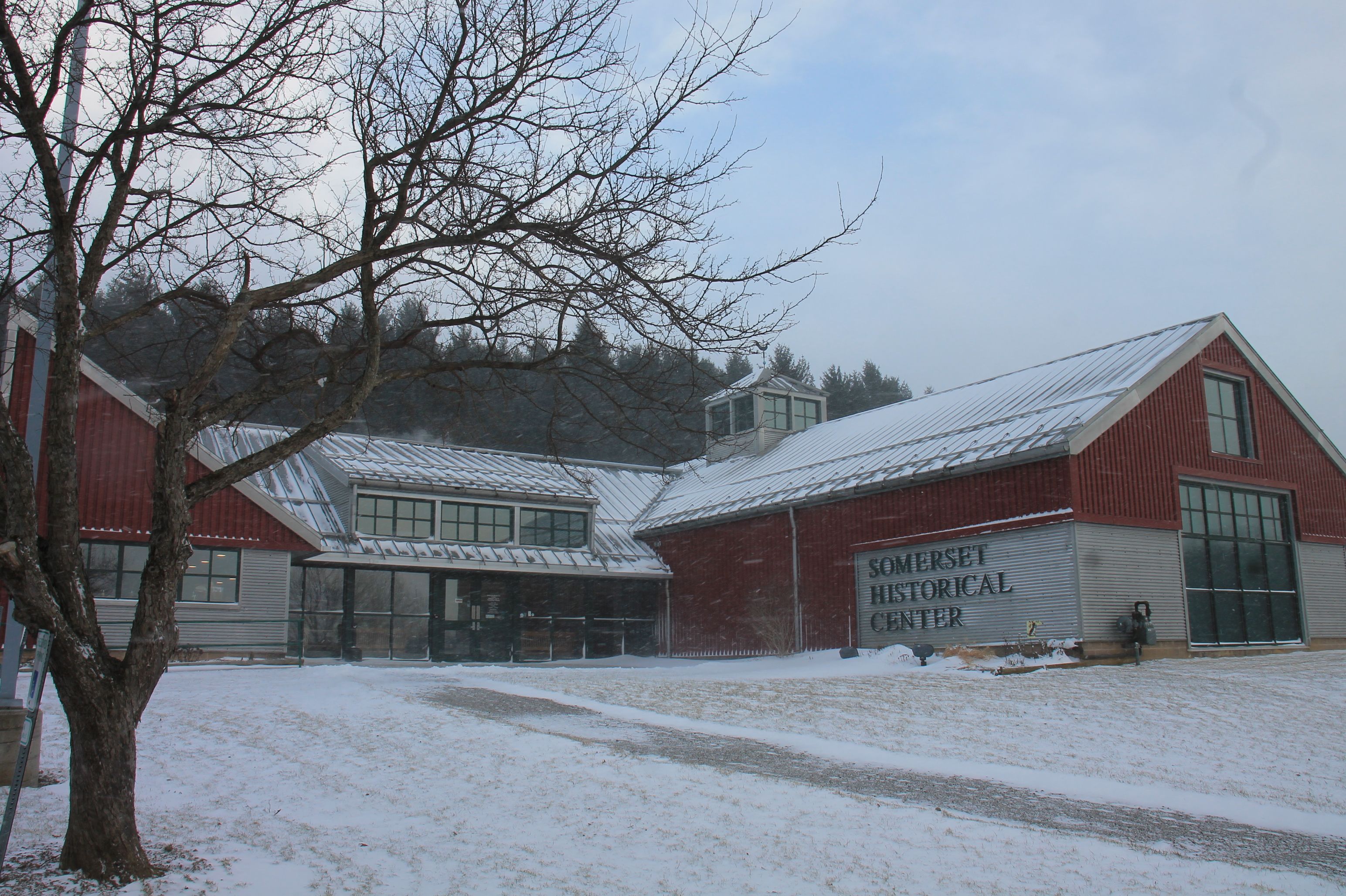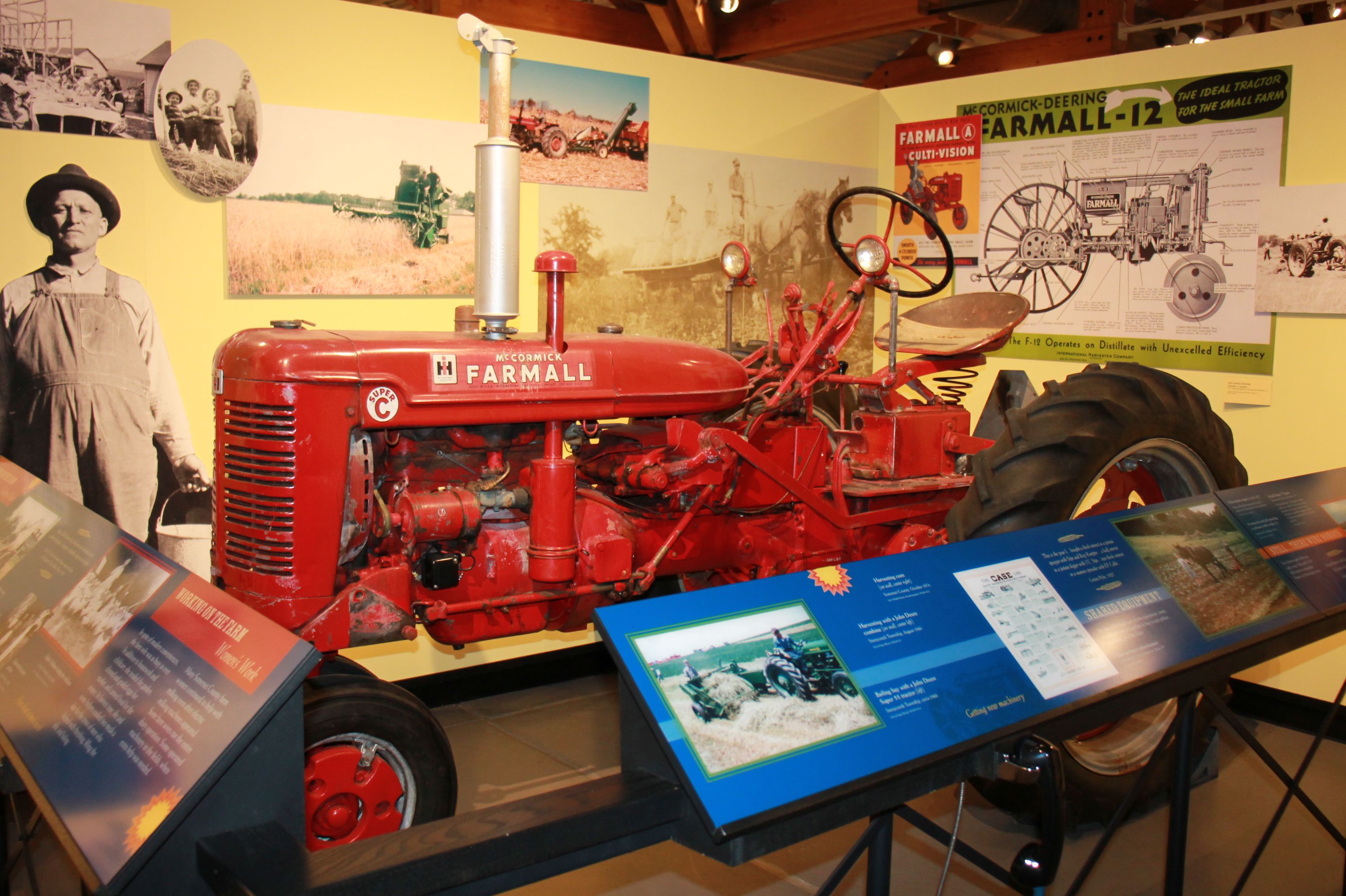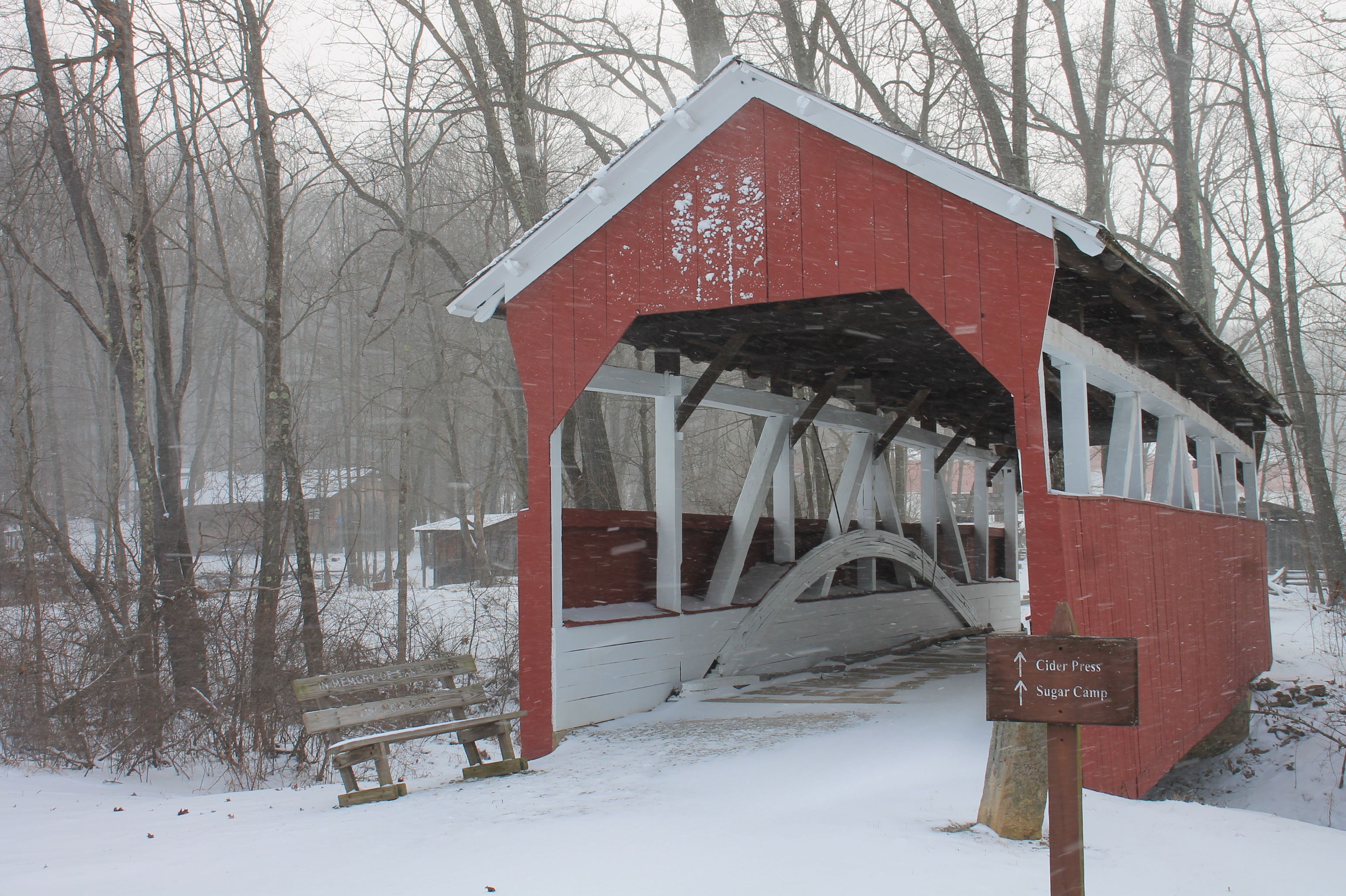201 North Center Avenue
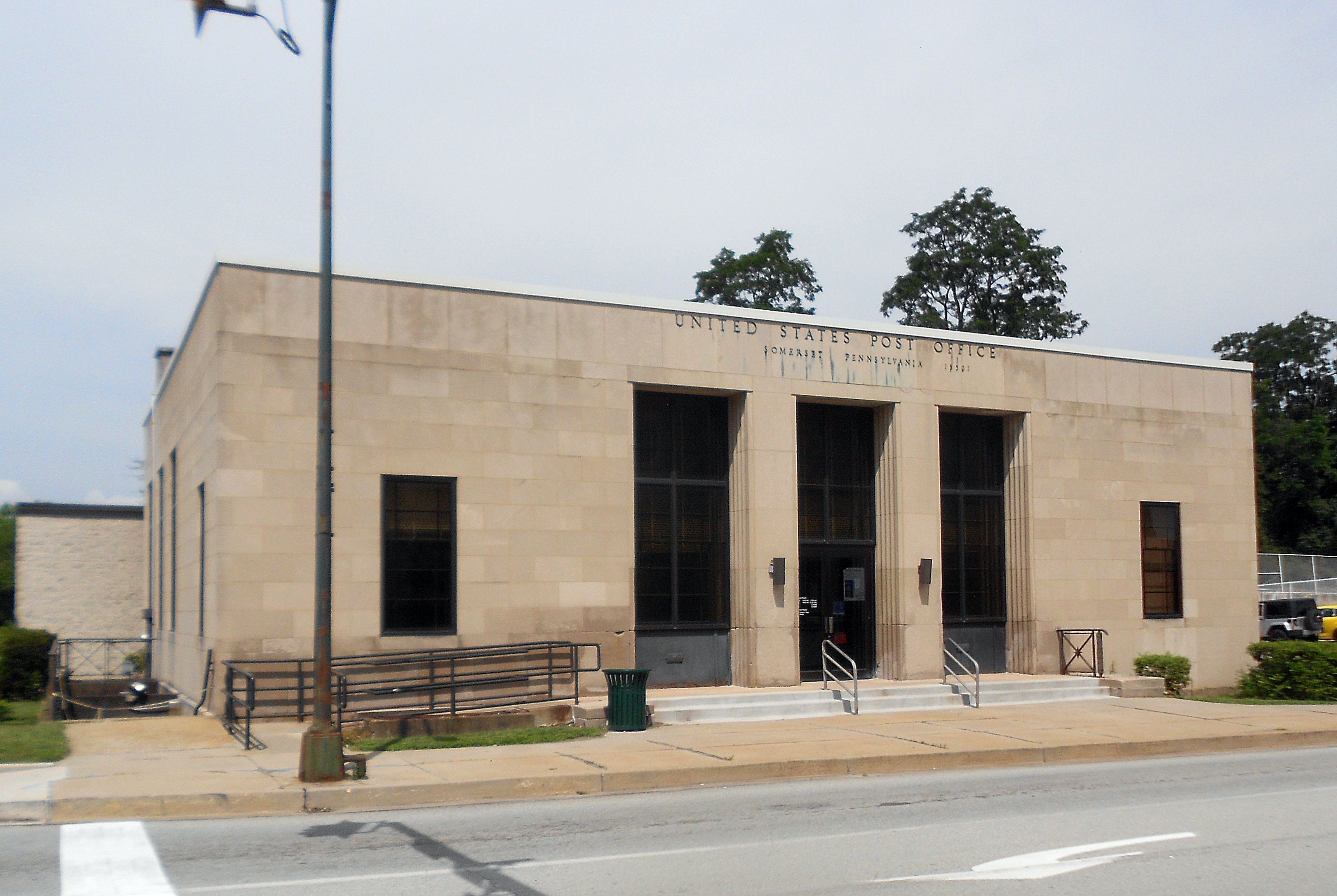
SOMERSET POST OFFICE
Address: 201 North Center Avenue
Built: 1937
Builder: Robert C. Reitz
Previously: Homes of Charles Ogle, Oliver Knepper, Francis J Kooser
Owners: United States Postal Service
Extant: Yes
The beginnings of the United States Postal Service predates the Declaration of Independence by a year when the Second Continental Congress appointed Benjamin Franklin postmaster general. Starting in 1753, Franklin oversaw Britain’s colonial mail service, which was essentially a loosely organized courier service. In 1792 the fledgling government passed the Postal Service Act which created the Post Office Department. The act established the practice of appointing local postmasters, a source of patronage jobs awarded by the political party in power at the time.
Somerset’s first postmaster was Josiah Espy who was appointed 1 October 1797, two years after the formation of Somerset County. The town had only about 20 houses at the time and the post office was located at what is now 135 West Main Street, occupied by Mosholder Insurance. Espy was also the surveyor when Ulrich Bruner and Peter Ankeny originally platted Somerset then known as Brunerstown, though its namesake preferred the name Milfordtown.
Over the next 140 years, the home of the post office was located in a series of about 20 rented spaces until 1937 when the present building opened. Though often touted as a New Deal project, the original $110, 000 funding for the new building was first approved in 1931, the year before FDR’s election. With the usual government delays, construction didn’t begin until August of 1936 so it certainly then fell into the New Deal period.
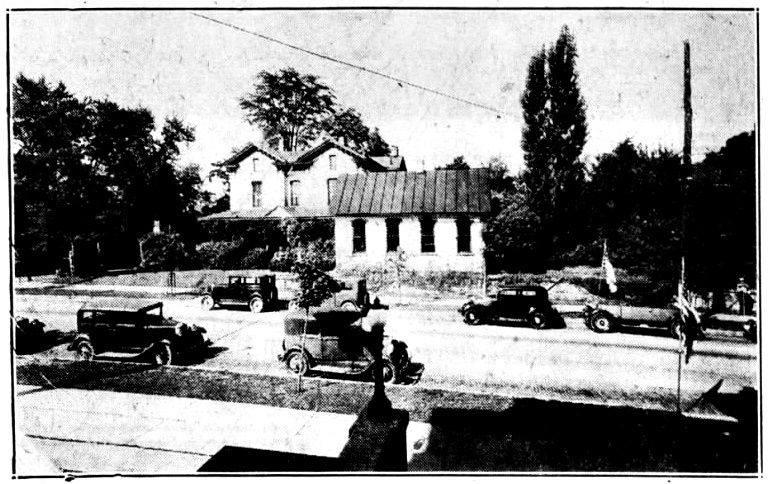
The site chosen for the building was the northwest corner of intersection of Union Street and North Center Avenue across from the courthouse. The site was then occupied by the residence of the late Judge Francis Jacob Kooser, who had died in 1932, and his office building. The house was built after the 1876 fire by John Oliver Kimmel, replacing the brick home originally built by Charles Ogle which was destroyed by the fire. In June of 1936, both buildings were moved to the north where the parking lot for the post office presently is. The office structure included the law offices of Ernest Ogle Kooser, son of the judge, and his associate James O. Courtney. Later occupants included attorneys Alexander Ogle and John A Metz, Jr. The home was converted to offices and had numerous occupants over the years including Woodrow’s Typewriter Repair and Locksmith Shop, the Chamber of Commerce and Justice of the Peace, Peter J. Marenna. Both structures were razed in August 1974 to construct the parking lot.
The design of the new post office was not without controversy. It was felt by many citizens that the brutal modern design clashed with the more classical architecture of nearby buildings. One newspaper editorial even said of Somerset’s U.S. Representative, J. Buell Snyder, “The building stands out as a witness to Congressman Snyder’s dislike of Somerset”. The citizens were also upset with the destruction of a much-loved Copper beech tree. Nevertheless, the post office had its dedication 20 September 1937.
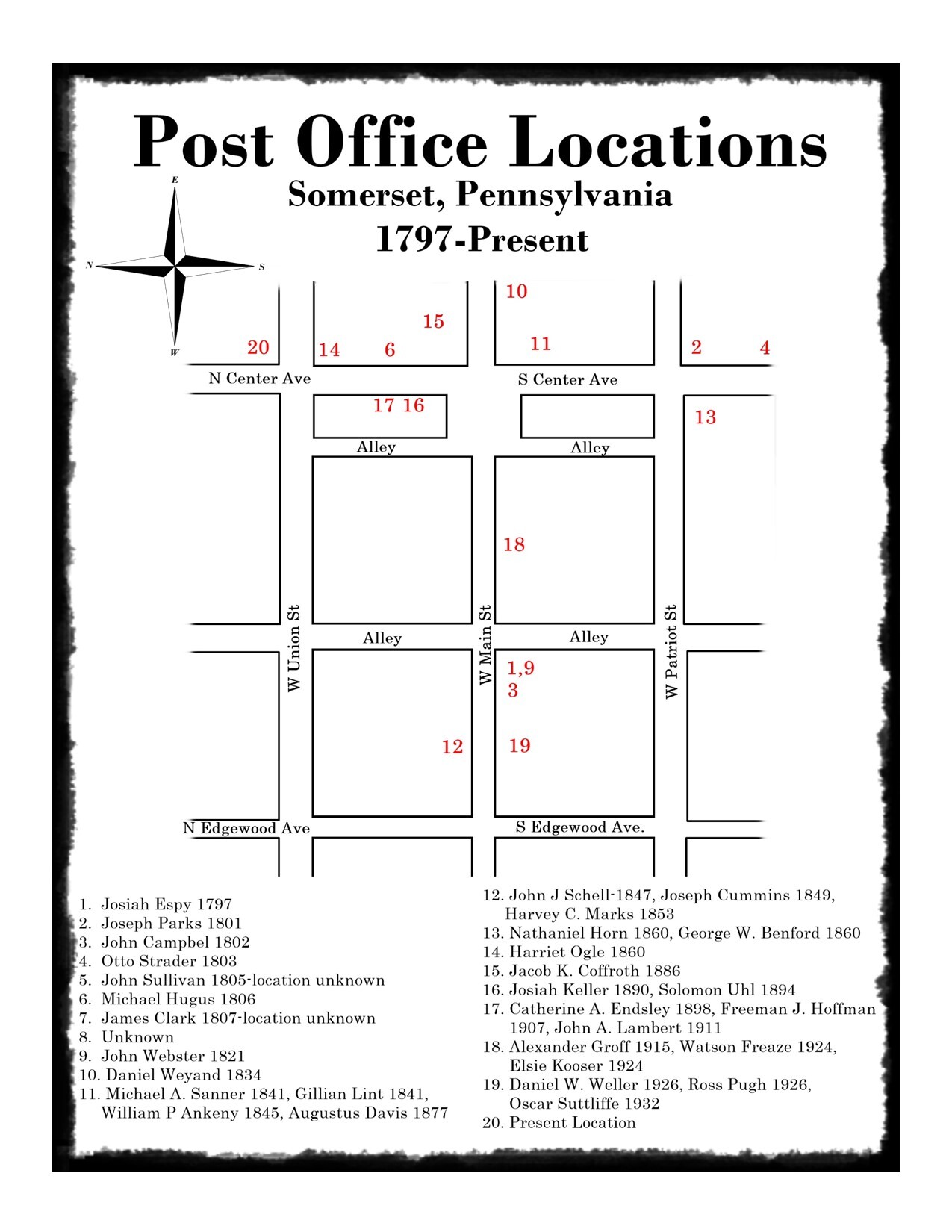
One feature of the post office was totally a result of the New Deal. The mural was commissioned by the Treasury Section of Fine Arts which commissioned over 1300 murals by nearly 850 artists throughout the country. Somerset’s, completed in 1941, is named “Spring Planting” by Alexander J Kostellow. It too generated controversy when it was rumored the farmer with the horse drawn plow was in fact the hated Congressman Snyder. The mural is an oil on canvas depicting a charming, bucolic farm scene. Kostellow also painted two murals for the Jeanette post office, “Glass Industry” and “Bushy Run”.



